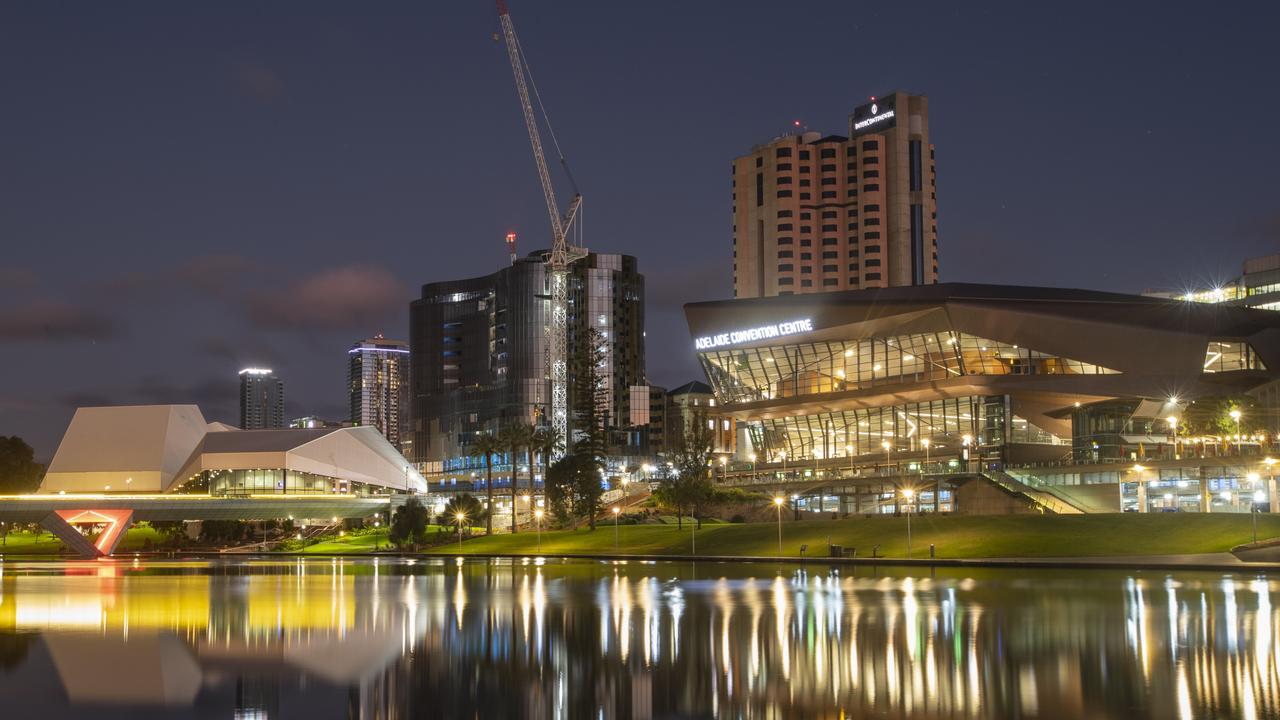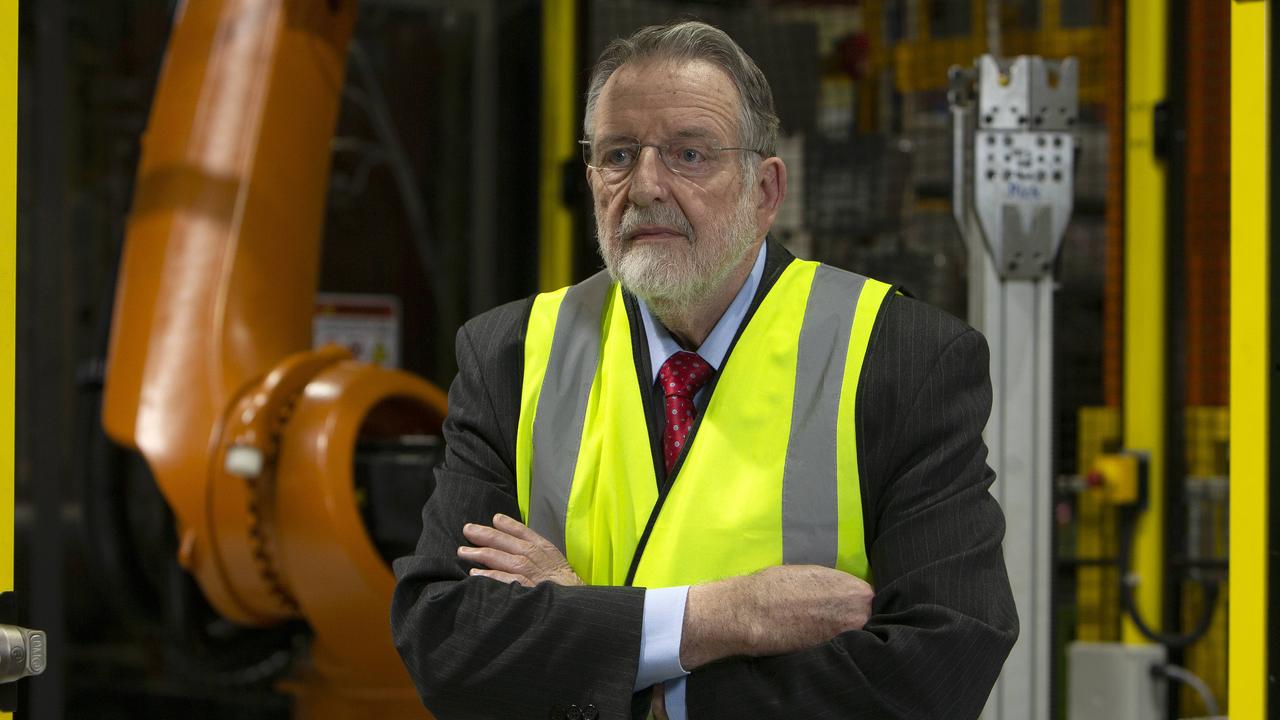Proposed massive mining project Central Eyre Iron Project substantially downgraded in a bid to attract investment
The largest proposed iron ore development in the state has been substantially downgraded, with Iron Road halving the size of its planned Central Eyre Iron Project.
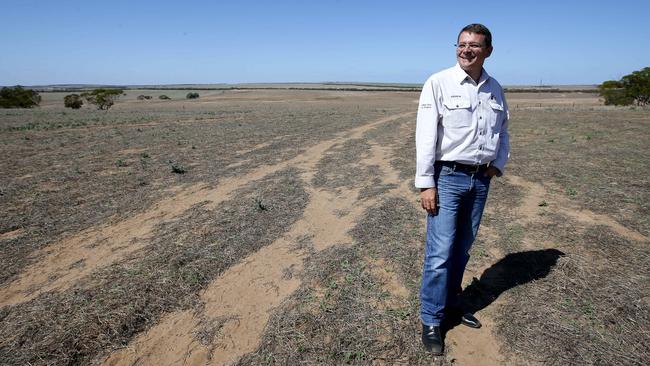
SA Business
Don't miss out on the headlines from SA Business. Followed categories will be added to My News.
- Chinese investors look at Eyre Peninsula project
- Iron Road project gets government approval
- Iron Road’s SA port a national priority project
The largest proposed iron ore development in the state has been substantially downgraded, with Iron Road halving the size of its planned Central Eyre Iron Project.
The CEIP had been estimated to cost up to $US4 billion, but this has been drastically reduced under a plan which would see production halve from 24 to 12 million tonnes of ore per year.
The cost to build the mine has also been halved, to $US645 million. The original $US4 billion included costs to build a 418km rail line and port, and “pre-strip” the overburden covering the ore body.
The rail line and port at Cape Hardy on the east coast of the peninsula are still on the cards, but are being treated as a separate project by the company.
The original project was slated to employ up to 2000 people during construction, and about 700 ongoing positions. The new expected job figures would be released at a later date, the company said.
Iron Road announced last year that it was pursuing a “grain first” strategy with respect to the Cape Hardy port, and was working with a local bulk handling cooperative about establishing a grain export business.
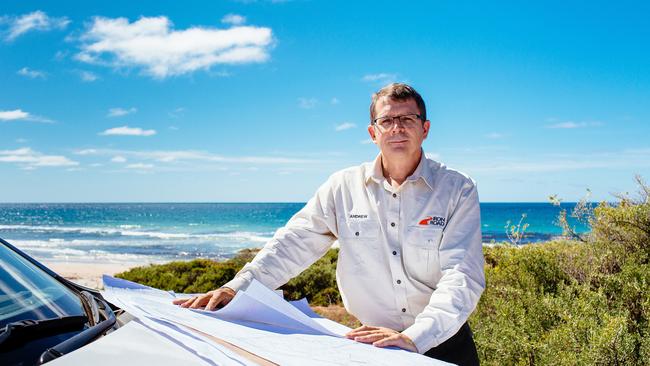
The company said today that the mine size downgrade reflected input from potential investors and was the result of an extensive review.
“The scale of former mining and beneficiation proposals, together with the supporting infrastructure required, indicated previous total upfront capital hurdles of approximately US$4 billion (including pre-strip),’’ the company said.
“Flagged funding tasks of this magnitude have proven prohibitive for potential CEIP partners and many greenfield development proposals globally have experienced difficulty maintaining momentum.
“Volatile commodity markets and a sustained environment where corporate strategies remain heavily skewed towards capital management, in preference to growth, have been other key inhibiting factors. In the absence of timely Chinese backed equity funding materialising for the CEIP and following constructive feedback from other potential investors, the company initiated work assessing the viability of a smaller start-up mine with a production target of approximately 12Mtpa iron concentrate.’’
The new mine plan reduces power consumption by about 80 per cent. The initial mine life would be 22 years.
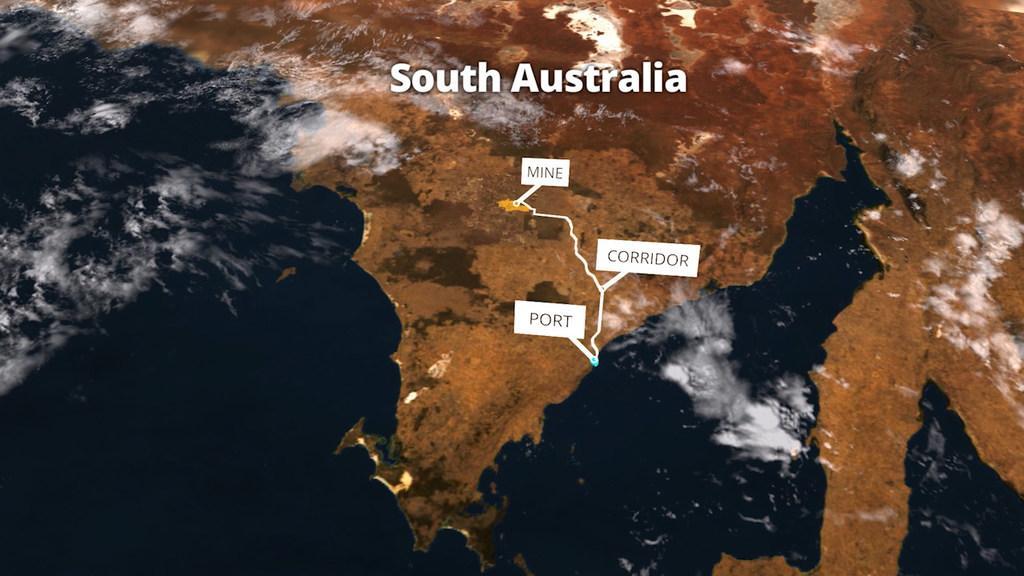
The changed mine plan would also have implications for other costs and the potential rail line, which would now be assessed.
“At the lower targeted rate of iron concentrate output, an alternative low capital option (versus heavy haulage rail) is now viable for the 148km transportation of product to the proposed port at Cape Hardy for export. The impact of these changes is currently being evaluated.
“Results of this work together with a fresh appraisal of project economic metrics are expected to be released to the market later in Q1, 2019.’’
Managing director Andrew Stocks said the lower capital costs meant that a wider range of investors could now potentially be involved.
The company had previously struck an agreement with China Development Bank (CDB), Industrial and Commercial Bank of China (ICBC) and China Construction Bank (CCB) to work collaboratively on the project, but Mr Stocks said Chinese firms were having difficulty getting money out of China, and a wider array of investors would now be pursued.
The company said there was still good demand for high quality iron ore.
“Although having eased from peak percentage levels over recent months, price premiums for high quality iron concentrate and pellet feed remain strong as highlighted by the 65 per cent iron fines Index currently trading around US$90/dmt.
“There is growing industry and market analyst consensus that strong demand and tight markets for high iron grade products is likely to continue.’’
In its quarterly report, released last week, Iron Road stated that it had $493,000 in cash at the end of the December quarter and estimated cash outflows of $540,000.
This was following a $1.21 million capital raising in October. The company had a $5.4 million loan facility, of which $4.8 million was drawn at the end of the quarter.
Mr Stocks said the company was funded until mid-year and once the work was completed around the new project designs the company’s funding would be reconsidered.
Iron Road shares were untraded at 5.2c.
cameron.england@news.com.au


